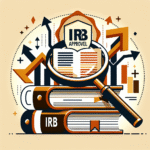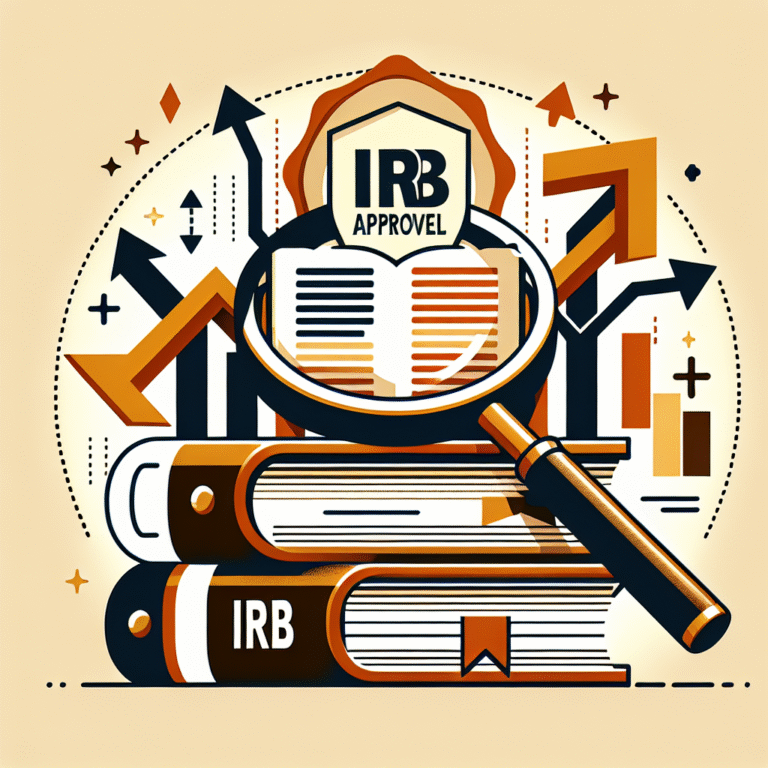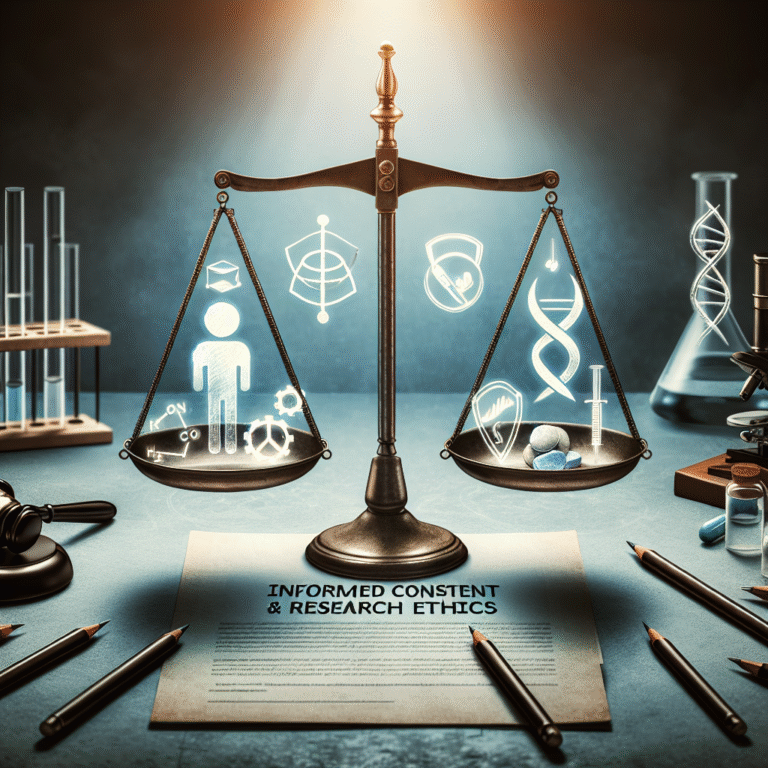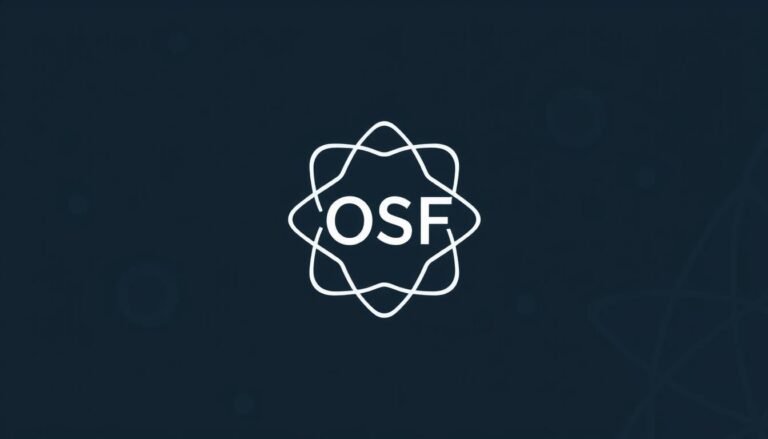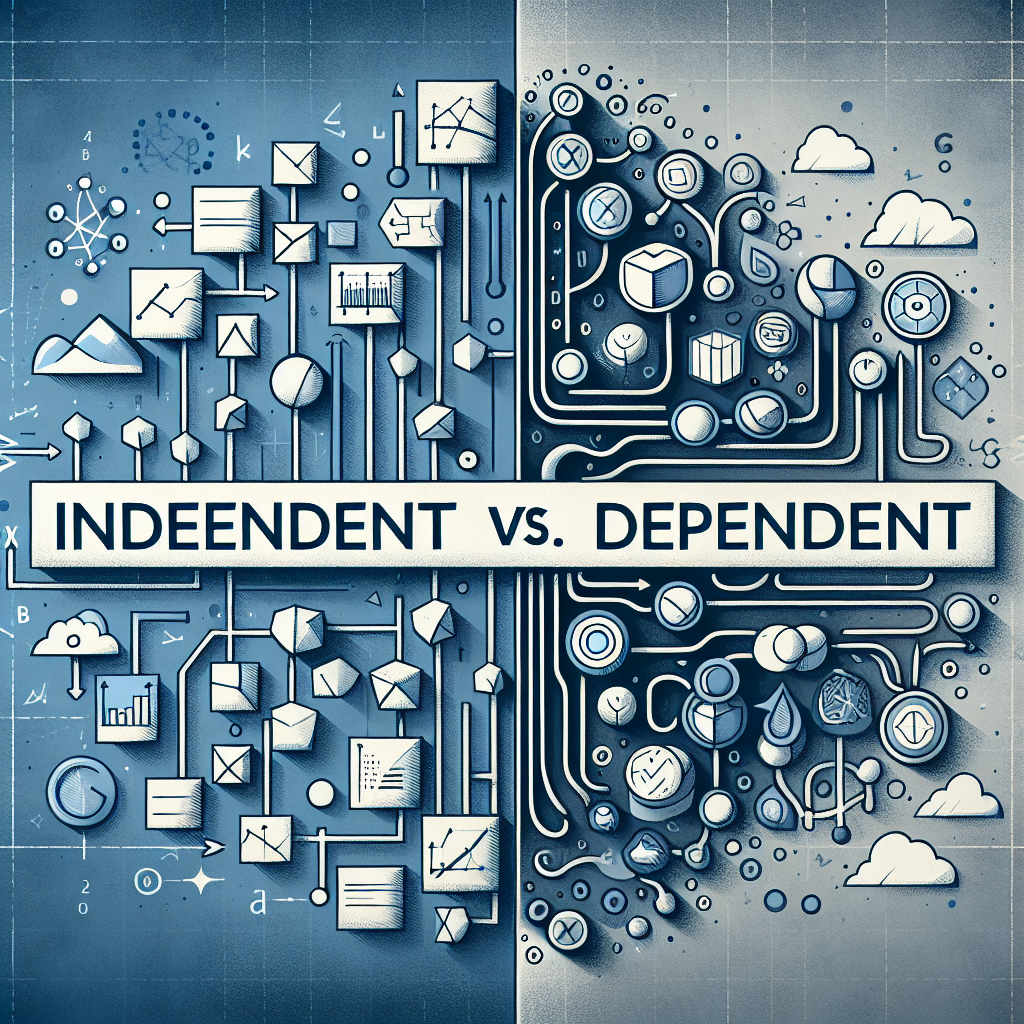
Research is at the heart of progress, whether it’s in the realms of science, social studies, or business. As researchers set out to discover new insights and solutions, one critical aspect often governs their approach—the relationship between independent and dependent variables. Understanding these relationships is not merely academic; it has profound implications for the validity of a study’s findings and, ultimately, for application in real-world scenarios. In this article, "Independent vs. Dependent: A Deep Dive into Variable Relationships in Research," we will explore the dynamic interplay between these variables, highlighted through real-world case studies, visual aids, and practical insights.
What Are Independent and Dependent Variables?
Before diving deeper, let’s clarify what we mean by independent and dependent variables.
Independent Variable: This is the variable that researchers manipulate or change in an experiment. It stands alone and isn’t affected by other factors. For example, if you are studying how tutoring impacts test scores, the amount of tutoring received is the independent variable.
- Dependent Variable: This variable is affected by changes in the independent variable. It is what you measure in the experiment. In the tutoring example, the test scores would be the dependent variable. Researchers are interested in how the dependent variable responds to alterations in the independent variable.
Understanding this relationship is essential in experimental design and plays a significant role in data analysis and interpretation.
The Importance of Distinguishing Between Independent and Dependent Variables
Clear Definitions Aid in Research Design
Identifying independent and dependent variables early in your research process can streamline your study design. Clear definitions help you formulate hypotheses, ensure that you collect relevant data, and decide on appropriate analytical techniques.
Case Study: The Effects of Sleep on Academic Performance
In a study examining the impact of sleep on academic performance, researchers identified hours of sleep (independent variable) and students’ GPAs (dependent variable). By clearly defining these, the researchers could design an effective survey and analyze the data meaningfully.
| Variable | Type | Measurement |
|---|---|---|
| Hours of Sleep | Independent | Self-reported hours per night |
| Academic Performance | Dependent | GPA |
Hypothesis Development
Formulating hypotheses is more manageable when independent and dependent variables are clearly outlined. Researchers can predict how changes in the independent variable will lead to shifts in the dependent variable.
Robust Data Analysis
The distinction between these variables is particularly significant in statistical analysis. Many statistical methods require careful consideration of the relationship between these variables to yield valid results.
Example: Linear Regression
In linear regression, the independent variable is used to predict the value of the dependent variable. For instance, in a study analyzing how exercise frequency affects weight loss, the exercise frequency serves as the independent variable, while the weight lost is the dependent variable.
Delving Deeper: Types of Variables
While the independent and dependent variables form the cornerstone of experimental research, other types of variables also merit consideration:
Controlled Variables: Variables held constant to prevent them from influencing the outcome. For example, in our sleep and GPA study, controlled variables may include study habits and age.
- Confounding Variables: These are additional factors that might impact the dependent variable, potentially skewing results. In the sleep study, a confounding variable could be the mental health status of the students.
Case Study: Coffee Consumption’s Effect on Productivity
In examining whether coffee consumption boosts productivity among office workers, researchers identified:
- Independent Variable: Coffee consumption (number of cups per day)
- Dependent Variable: Productivity levels (measured through output or efficiency ratings)
- Controlled Variables: Work environment, job type, time of day
- Confounding Variables: Personal caffeine tolerance, prior sleep quality
By identifying these variables, the researchers enhanced their study’s reliability, enabling them to draw more nuanced conclusions about coffee’s effect on productivity.
Real-World Applications of Independent and Dependent Variables
In Education
Research in education often seeks to determine how different teaching methods (independent variable) affect student learning outcomes (dependent variable). This relationship is crucial for developing effective educational strategies.
In Medicine
Medical research frequently explores how treatments (independent variable) can affect patient health outcomes (dependent variable). Clarifying these relationships can lead to breakthroughs in effective therapies.
Case Study: Vaccination Efficacy
A study investigating the efficacy of a new vaccine could define:
- Independent Variable: The type of vaccine administered.
- Dependent Variable: The rate of infection among vaccinated individuals.
With this clarity, researchers can assess the vaccine’s effectiveness comparatively.
In Marketing
In marketing, understanding how factors such as pricing or advertising frequency (independent variables) influence sales volume (dependent variable) allows companies to optimize campaigns for better returns.
Visualizing Relationships: Charts and Tables
Visual aids can enhance comprehension when discussing independent and dependent variables. Below, we present a chart depicting the relationship between study hours and exam performance.
| plaintext Exam Performance +——————————+ | (Dependent) |
|---|---|
| + ▓ | |
| ▓▓ | |
| ▓▓▓ | |
| ▓▓▓▓ | |
| ▓▓▓▓▓ | |
| ▓▓▓▓▓▓ |
+-------+-----------------+--------------
Study Hours (Independent)This chart visually reinforces the relationship, suggesting that as study hours increase, exam performance tends to improve.
Ethical Considerations in Research
In any study examining independent and dependent variables, researchers must account for ethical considerations. These include informed consent, confidentiality, and the right to withdraw. Ethically sound practices ensure that the integrity of the research is maintained and that participants are treated with respect.
The Role of Ethics in Variable Relationships
The relationship between variables can lead to misinterpretation or misuse of data if ethical guidelines are not followed. For example, if a researcher manipulates data to show a stronger relationship between two variables than exists, it can have severe consequences.
Conclusion: The Power of Understanding Variable Relationships
Navigating the complex landscape of independent and dependent variables is crucial for anyone engaged in research. Whether in an academic setting or the corporate world, recognizing these relationships can enhance your study’s design, analysis, and overall impact. Armed with these insights and ethical considerations, you are better equipped to contribute meaningfully to your field.
Motivation to Apply Your Knowledge
Knowledge of variable relationships is not solely academic; it is a tool you can wield powerfully. Whether developing policies that affect education, health, or business practices, a nuanced understanding of independent and dependent variables can guide decisions that lead to positive outcomes.
FAQs
1. What is the difference between independent and dependent variables?
Independent variables are manipulated to observe their effect on dependent variables, which are measured or counted. The independent variable stands alone, while the dependent variable changes in response.
2. Why is it important to identify these variables?
Understanding these variables helps in designing studies, formulating hypotheses, and analyzing data effectively. Clear definitions aid in the clarity and reliability of your research findings.
3. Can there be multiple independent or dependent variables?
Yes, many studies explore multiple independent or dependent variables simultaneously. However, this requires careful design and analysis to understand the interactions between them.
4. How do controlled and confounding variables affect research results?
Controlled variables help maintain study consistency, while confounding variables can introduce bias. Identifying and managing these types of variables is crucial for valid outcomes.
5. What are some common mistakes to avoid in identifying variables?
Common mistakes include mislabeling independent and dependent variables, neglecting controlled and confounding variables, and failing to account for external influences. Careful planning and peer review can help mitigate these issues.
By mastering the distinctions and implications of independent versus dependent variables, you position yourself to harness the full potential of research in your endeavors. Embrace this knowledge as the essential foundation for sound inquiry, strategic decision-making, and impactful results in your field.


